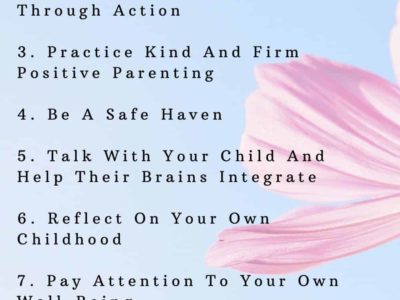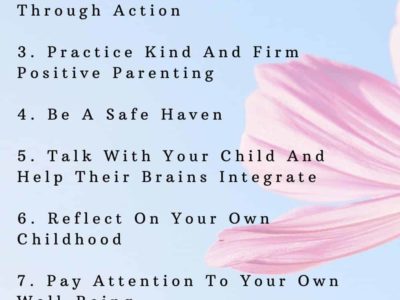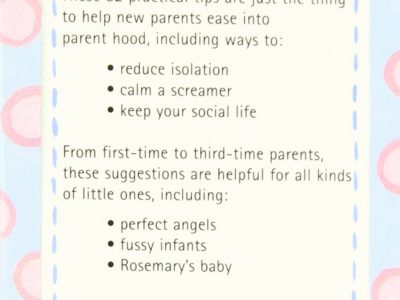
All infants cry and get cranky sometimes. It’s typical for an infant to cry for 2–3 hours per day for the initial few weeks. During the initial 3 months of life, they cry more than ever. So if you are a new parent, be prepared to soothe a crying baby during the first few months.
Inexperienced parents regularly are low on rest and trying to get the hang of their life with their little one. They’ll rapidly figure out how to see whether their crying infant:
- -is feeling hungry
- -is worn out
- -should be burped
- -is overstimulated
- -has a wet or grimy diaper
- -is excessively hot or cold
Frequently, dealing with a child’s needs is sufficient to calm an infant. Be that as it may, now and then, the crying goes on longer.
What Is Colic?
Usually, some babies cry a lot more than other babies. Colic can be identified if a baby cries more than 3 hours a day, more than 3 days a week for a continuous 3 weeks. Typically, it starts when the baby is 2-5 weeks old and goes on until the age of 3-4 months.
Colic is very common in infants. It’s difficult to see your infant cry so much, but it is not caused by parent’s negligence or lack of attention. It is natural and the good news is that babies grow out of it on their own.
How to soothe a crying baby
You are going to spoil your baby by giving too much attention, however, to soothe a crying baby follow the tips mentioned below:
For starters, ensure your infant doesn’t have a fever. In an infant, a fever is a temperature of 100.4°F (38°C). Call the pediatrician right away if your child has a fever.
- Ensure your child isn’t hungry and doesn’t have a full diaper.
- Rock or stroll with the child.
- Sing or converse with your child.
- Offer the child a pacifier.
- Have a good time with the child in a stroller.
- Hold your child close against your body and take quiet, slow breaths.
- Give the child a soothing bath.
- Pat or rub the child’s back.
- Place your munchkin over your lap on their tummy and rub their back.
- Put your child in a swing or vibrating seat. The movement might be alleviating.
- Put your child in a baby vehicle seat in the rear of the vehicle and go for a ride. Usually, the vibration and motion of the car are soothing for babies.
- Play music — usually babies respond well to sound.
Some infants need less incitement. Infants 2 months or younger may enjoy swaddling, lying on their back in the den with the lights warmly diminish or dull. Ensure the wrap isn’t discomforting the child. Stop swaddling after 2 months of age as the child begins to roll over.
What to do when a baby does not stop crying?
Call a companion or relative for help or to soothe the baby while you take a little break.
In case none of the above tips work, put the baby on their back in their cot (without free covers or soft toys), close the room door, and keep an eye on the baby and check up on him every 10-15 minutes. During those 10 minutes, do something to relax a little bit. Take a stab at washing your face, take deep breaths, or tuning in to music.
Call your primary care physician if nothing is, by all means, seems to be soothing the child, on the off chance that there is a clinical explanation behind the fastidiousness.
Remember that all infants cry a lot and it will show signs of improvement. The crying isn’t brought about by something you did or didn’t do. Deal with yourself and request help so you can continue taking proper care of your baby without losing your own mind.
























 How to Prepare Your Older Children for a New Baby
How to Prepare Your Older Children for a New Baby 




